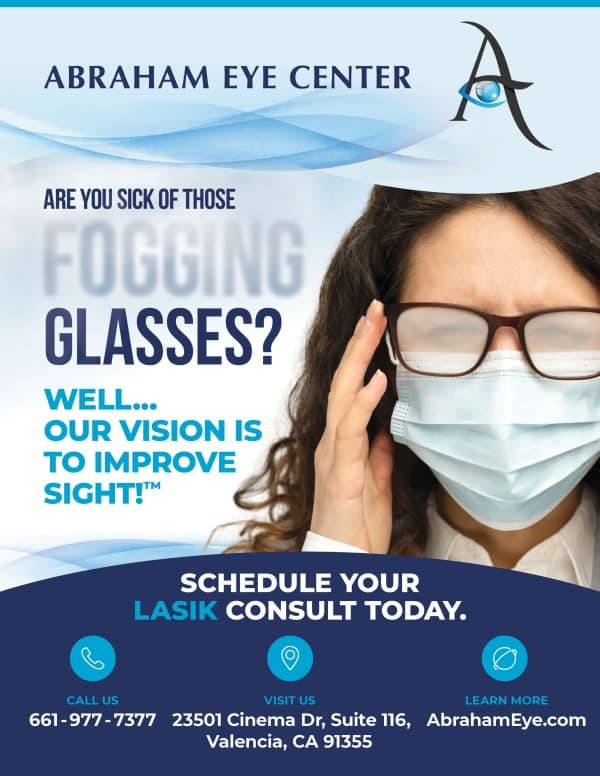Ever Wonder How LASIK is Performed?
LASIK is a popular refractive surgery used to replace the need for glasses or contact lenses. This surgery is done with a laser and is a very low-risk and simple procedure to undergo. On the day of the procedure, basic information is collected and then the actual laser procedure is performed and takes only minutes. Immediately following the procedure, vision may be blurry, but the recovery of vision is very quick with most people attaining 20/20 vision the day after the surgery. In the weeks after the surgery, recovery will continue as the eye heals and the vision improves to the best possible levels.
What is LASIK?
LASIK is an acronym for the procedure called laser-assisted in situ keratomileusis. This procedure is a surgery that can change the power of the eye to reduce the need for glasses or contacts.
This procedure is performed by an ophthalmologist in a surgery center with a digital laser.
The laser uses ultraviolet light and will only impact the cornea when it is used for LASIK.
Process of LASIK
For LASIK, there will be a pre-operative visit to gather information about the eyes and establish whether or not LASIK is the best option.
At this visit, the glasses prescription, corneal thickness, and shape of the cornea are measured and documented prior to the surgery.
On the day of surgery, a single tablet of anti-anxiety medication may be prescribed for use just prior to the surgery to relax any nervousness about the procedure.
The LASIK laser is set to allow the doctor to perform the procedure while the patient is lying on his or her back.
The LASIK laser will first be aligned and then will cut a circular flap in the front of the cornea.
This flap is then lifted and folded back to allow direct access to the corneal stroma where the procedure is performed.
The laser will then use UV light to remove a specific amount of the corneal tissue to account for the glasses prescription.
Once the corneal tissue is removed, the flap of the front of the cornea is replaced and sealed with an eye drop.
After the LASIK Procedure
Immediately following the procedure, several eye drops will be put into the eye to help seal the flap and begin to reduce inflammation and prevent infection.
These drops will then be prescribed for use several times a day for a week or several weeks.
While vision may initially be slightly blurred, within a day it is expected that vision will clear to a high degree of clarity.
There may be associated dryness or irritation from the LASIK procedure that can be treated with artificial tears for lubrication.
This sensation of dryness is usually the worst in the first few weeks following the procedure but may remain for months or years after the LASIK surgery.
If there are prominent signs of dryness, additional eye drops may be prescribed or recommended to help assist in the healing process.
Dr. Nathan Abraham and the staff of the Abraham Eye Center specialize in cataract surgery, LASIK, PRK, and various corneal surgeries. Call our ophthalmologist in Valencia, CA today at 661-977-7377 or schedule an appointment online if you are interested in LASIK. Our eye doctor provides only the highest quality eye care and surgical services amongst eye doctors in the Valencia California area.
Request Appointment
You can schedule your next appointment with us online!
Connect With Us
Let’s continue the conversation over on your social network of choice.


0 Comments